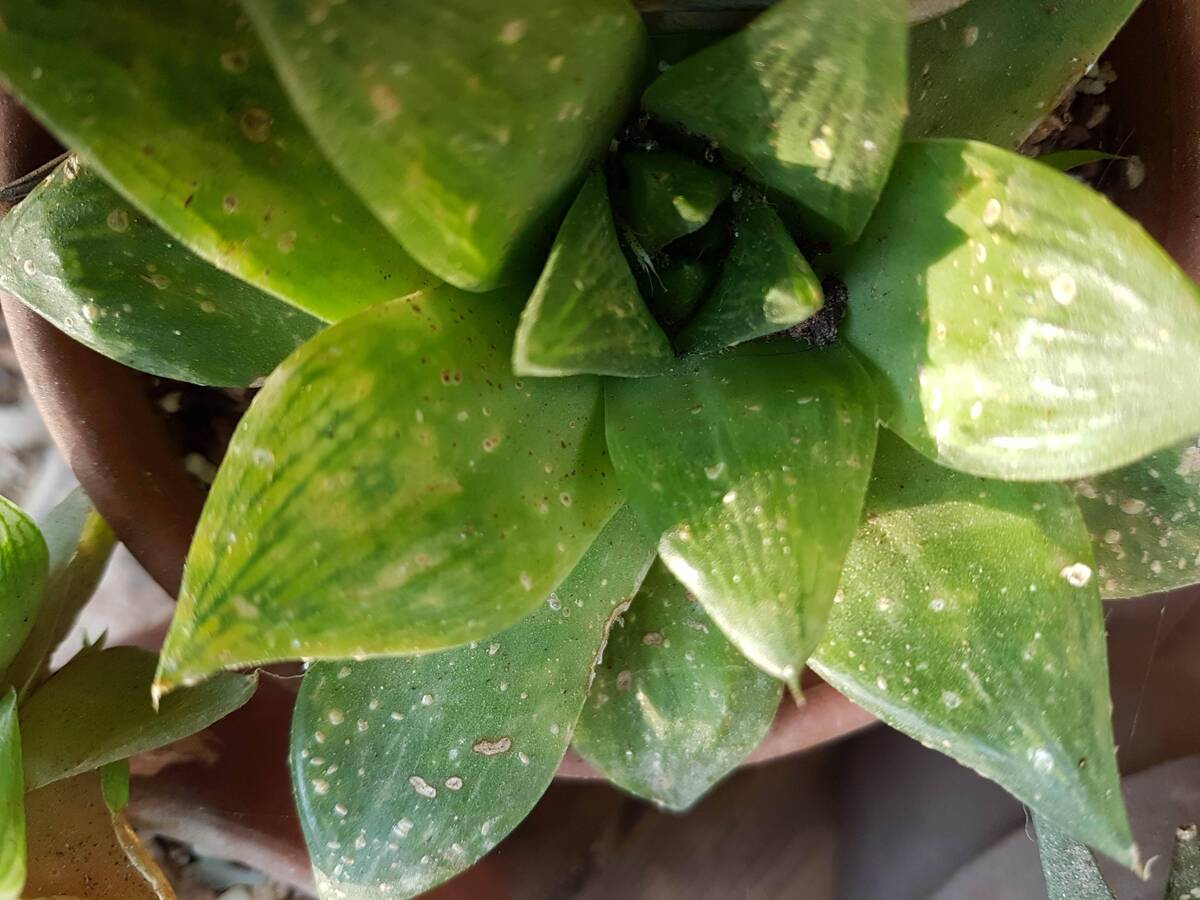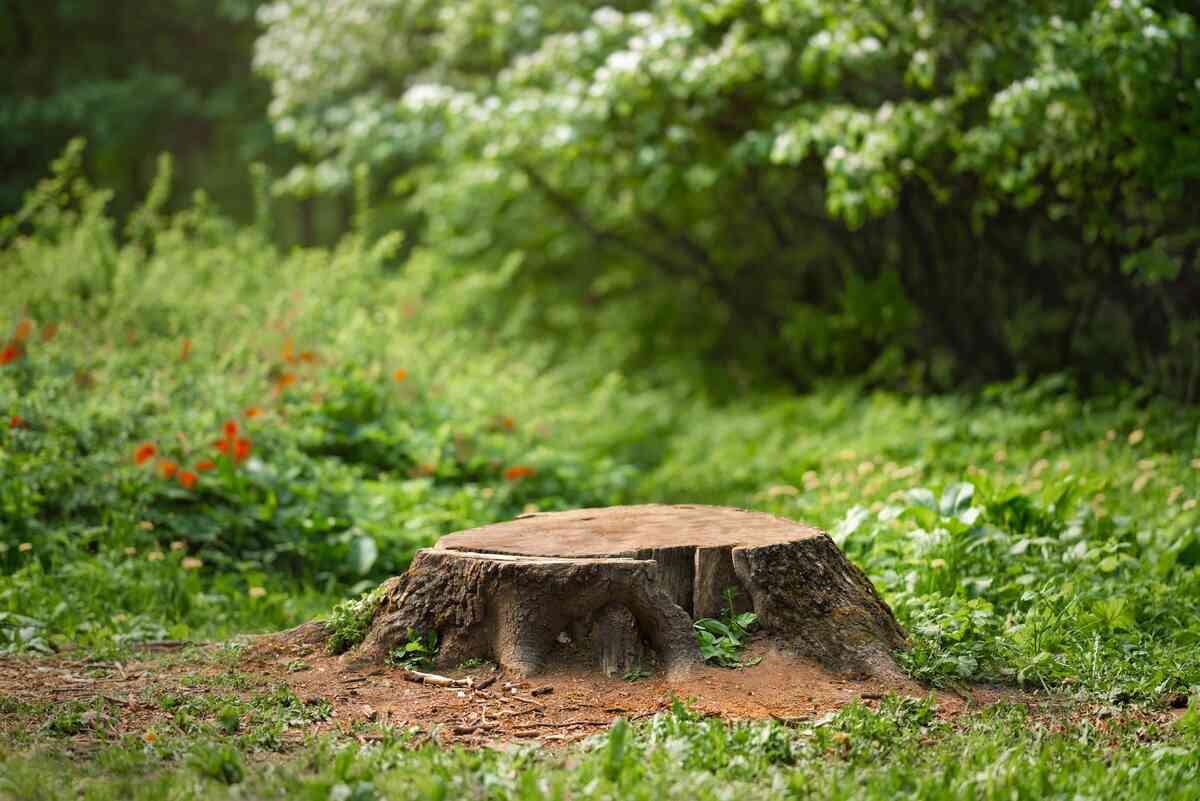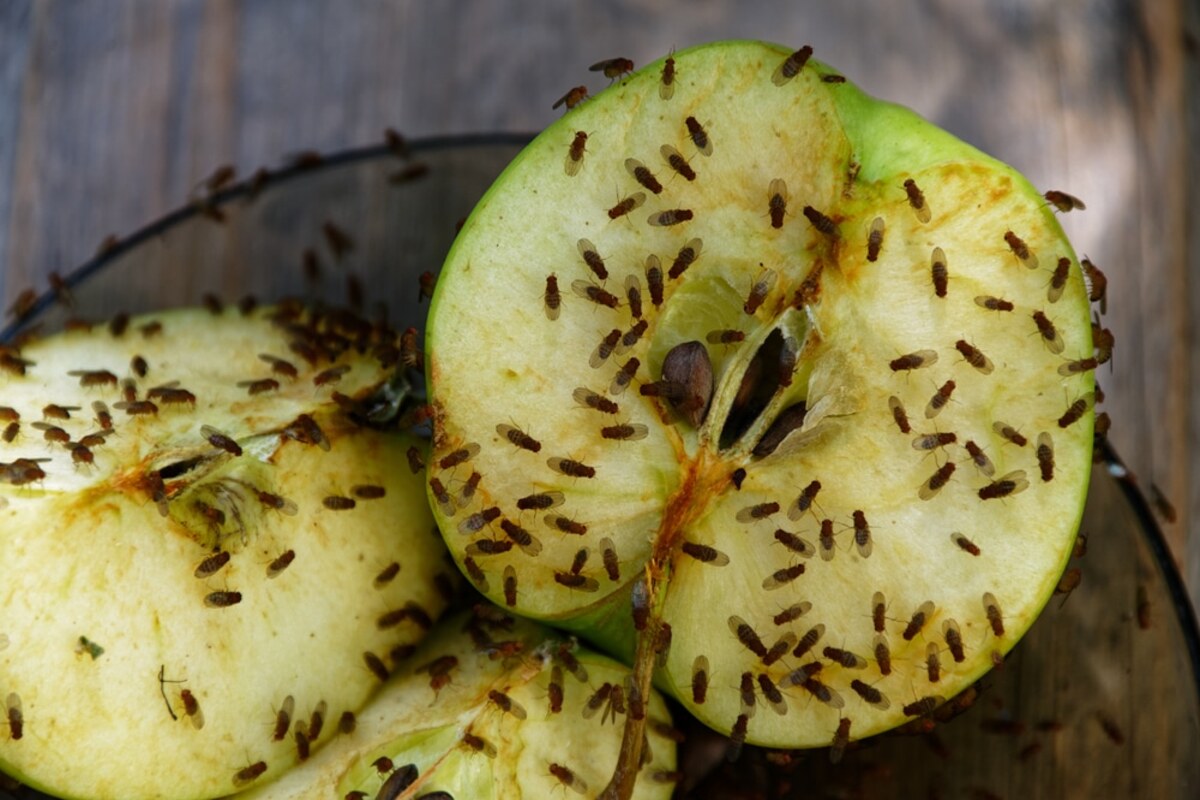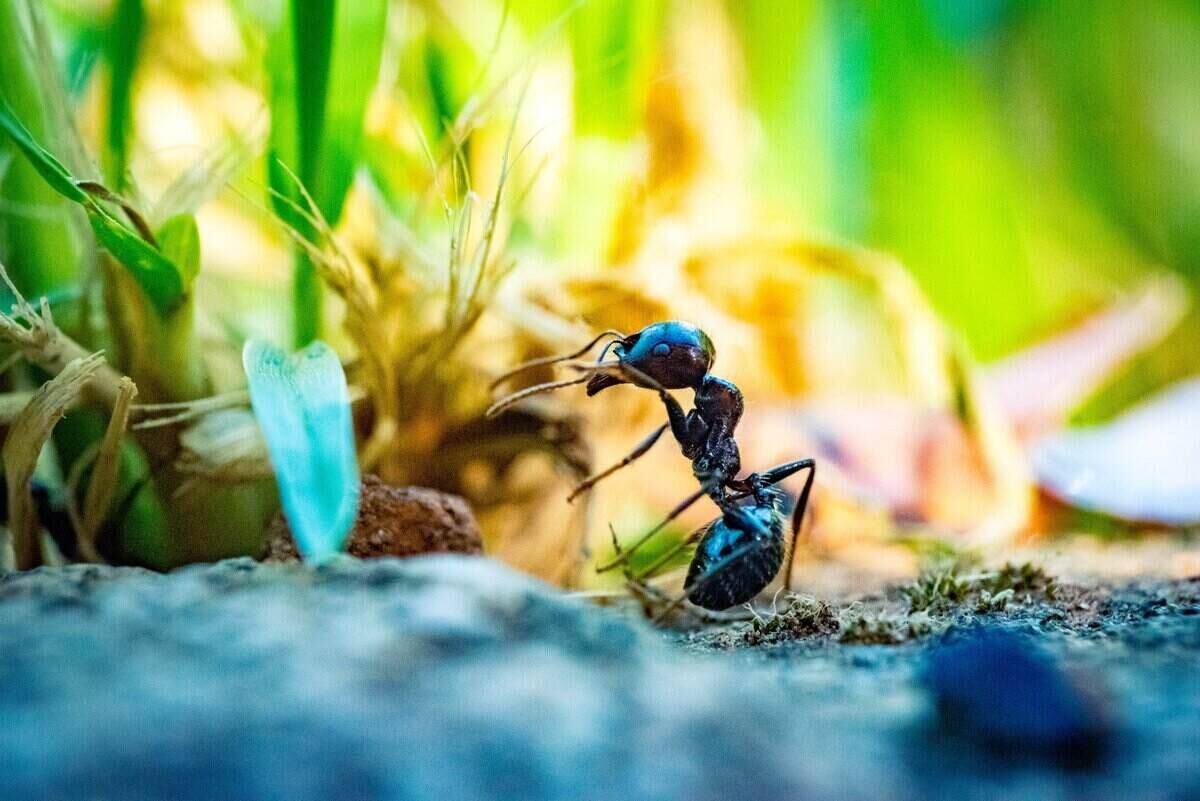Home>Gardening Tips and Tricks>Problem Solving>How To Get Rid Of Scale On Succulents


Problem Solving
How To Get Rid Of Scale On Succulents
Modified: January 22, 2024
Looking for a solution to get rid of scale on your succulents? Our problem-solving guide will help you remove this pesky pest and restore the health of your plants.
(Many of the links in this article redirect to a specific reviewed product. Your purchase of these products through affiliate links helps to generate commission for Chicagolandgardening.com, at no extra cost. Learn more)
Table of Contents
Introduction
Succulents are a popular choice for plant enthusiasts due to their unique shapes and ability to thrive in various environments. However, like any plant, succulents are susceptible to pests. One common and troublesome pest that can infest succulents is scale insects. These tiny, oval-shaped insects may appear harmless but can wreak havoc on your beloved succulents if left untreated.
In this article, we will dive into the world of scale insects and explore how you can get rid of them from your succulents. We will discuss the signs of scale infestation, effective removal techniques, natural remedies, and chemical treatments. Additionally, we will provide useful tips on preventing scale insects from invading your succulents in the future.
If you find yourself noticing strange bumps or unusual growths on your succulent leaves, it’s crucial to act quickly. Scale insects feed on the sap of plants, weakening them and compromising their overall health. By taking proactive measures and tackling scale infestations head-on, you can ensure the longevity and vibrancy of your succulent collection.
So, let’s roll up our sleeves and delve into the world of scale insects on succulents to discover how to keep these pesky pests at bay and maintain your succulents’ beauty and vitality.
Understanding Scale Insects
Scale insects are tiny, parasitic insects that belong to the order Hemiptera. They are named after their characteristic scale-like protective covering, which serves as a shield for their soft bodies. These insects attach themselves to the stems, leaves, and even the roots of plants, including succulents, and feed on the sap.
There are various species of scale insects, but they generally fall into two categories: armored scales and soft scales. Armored scales have a hard, protective covering that cannot be easily removed, while soft scales have a more pliable outer layer.
These pests can be challenging to detect because their appearance can resemble plant growth or small bumps. They are often mistaken for plant diseases or harmless parts of the succulent. However, if left untreated, scale insects can multiply rapidly and cause visible damage to the succulent.
Scale insects reproduce through their eggs, and once the eggs hatch, they release tiny crawlers. These crawlers disperse to find suitable feeding sites on the plant and eventually develop their protective scale covering. As these insects feed on the sap, they excrete a sticky substance called honeydew. The honeydew attracts ants and can lead to the growth of sooty mold on the succulent’s leaves.
Scale insects are often introduced to succulents through contaminated soil, infected tools, or even nearby infested plants. They can also be carried by ants or other insects to new locations. Therefore, it’s essential to regularly inspect your succulents and take preventive measures to avoid scale infestations.
Now that we have a better understanding of these pesky insects, let’s move on to identifying the signs of scale infestations on succulents and how to effectively remove them in the next sections.
Signs of Scale Infestation on Succulents
Identifying a scale infestation on your succulents is crucial to take prompt action and prevent further damage. Here are some signs to look out for:
1. Small bumps or scales: These tiny bumps or scales on the surface of the succulent’s leaves, stems, or even the roots indicate the presence of scale insects. The scales may be brown, black, or even translucent, depending on the species.
2. Sticky residue: Scale insects excrete a sticky substance called honeydew as they feed on the sap. This honeydew can accumulate on the leaves and stems of the succulent, creating a shiny or sticky surface. The presence of ants or sooty mold on the plant’s foliage is also an indication of honeydew.
3. Yellowing or wilting leaves: A severe scale infestation can weaken the succulent, leading to yellowing or wilting of the leaves. This is a result of the insects draining the plant’s vital fluids and nutrients.
4. Stunted growth: If you notice that your succulent is not growing as quickly or as vigorously as it used to, it may be due to a scale infestation. The insects hinder the plant’s growth by inhibiting nutrient absorption.
5. Visible insects: In some cases, you may be able to spot the actual insects themselves. Sometimes, they may appear as small, motionless bumps on the succulent’s surface.
Regular monitoring of your succulents is essential to catch scale infestations early on. If you notice any of these signs, it is important to take immediate action to prevent the infestation from spreading and causing irreparable damage to your succulents.
Now that we can identify scale infestations, let’s move on to the next section, where we will explore effective techniques for removing scale insects from succulents.
Removing Scale Insects from Succulents
Once you have identified a scale infestation on your succulent, it is crucial to take immediate action to remove the insects and prevent further damage. Here are some effective techniques for removing scale insects:
1. Manual removal: For small infestations, you can manually remove the scale insects using a cotton swab or a soft-bristled toothbrush dipped in rubbing alcohol. Gently scrub the affected areas to dislodge the scales and wipe them away. Make sure to dispose of the scales properly to prevent reinfestation.
2. Pruning: If the infestation is extensive or concentrated in specific areas, you may need to prune heavily infested plant parts. Use clean pruning shears to remove the affected leaves, stems, or branches. Dispose of the pruned plant material carefully to prevent the spread of scales to other plants.
3. Natural predators: Introduce natural predators, such as ladybugs or lacewings, to the infested succulent. These beneficial insects feed on scale insects and can help control their population. Ladybugs can often be purchased at gardening stores or online.
4. Isolation: If you have multiple succulents and one of them is heavily infested, isolate the affected plant to prevent the scales from spreading to other healthy plants. Keep the infested succulent separate until you have successfully eradicated the scales.
5. Repeat treatment: Scale insects can be persistent, and it may take multiple treatment sessions to completely eradicate them. Monitor your succulent regularly and continue with the chosen removal method until you no longer observe any signs of infestation.
Remember to always follow manufacturer instructions and safety guidelines when using any chemicals or insecticides to remove scale insects. Additionally, it’s important to be patient and consistent in your efforts, as it can take time to eliminate these stubborn pests.
Now that we have explored the techniques for removing scale insects from succulents, let’s move on to the next section, where we will discuss natural remedies for scale infestation.
Natural Remedies for Scale Infestation
If you prefer to use natural methods to tackle scale infestation on your succulents, there are several remedies you can try. These natural alternatives are effective and safer for both your plants and the environment. Here are some natural remedies for scale infestation:
1. Neem oil: Neem oil is a popular organic option for controlling scale insects. It acts as a deterrent and disrupts the insect’s lifecycle. Dilute neem oil according to the instructions on the package and spray it onto the affected areas of your succulent. Repeat the application every one to two weeks until the scales are eliminated.
2. Dish soap solution: A simple solution of mild dish soap and water can be an effective way to suffocate and remove scale insects. Mix a few drops of dish soap in water and spray it on the affected parts of the succulent. Leave it for a few minutes, then rinse off with clean water. Repeat as necessary over several weeks.
3. Isopropyl alcohol: Isopropyl alcohol can be used to kill scale insects on contact. Dip a cotton swab or a soft cloth in isopropyl alcohol and gently wipe the scales. Take care not to saturate the plant with alcohol, as it can damage the succulent. Repeat this process regularly until the infestation is under control.
4. Horticultural oil: Horticultural oil, such as petroleum-based or mineral oil, can be effective in smothering and killing scale insects. Dilute the oil according to the instructions and spray it onto the affected areas of the plant. This method works best when the temperature is above 40°F (4°C).
5. Beneficial insects: Introducing beneficial insects like ladybugs or lacewings can be a natural way to control scale infestations. These insects feed on scales and can help maintain a balance in your succulent’s ecosystem. You can purchase them online or at gardening centers.
Remember, natural remedies may require repeated applications over a period of time to fully eradicate scale infestations. Be patient and persistent in your efforts, and closely monitor the progress of your succulent’s recovery.
In the next section, we will explore chemical treatments that can be used for severe or resistant scale infestations on succulents.
Chemical Treatment for Scale Infestation
When natural remedies or manual removal methods are not effective in controlling a severe or stubborn scale infestation on your succulents, you may need to turn to chemical treatments. It is important to note that chemical treatments should be used as a last resort and applied with caution to avoid harming your succulents. Here are some common chemical treatments for scale infestations:
1. Insecticidal soap: Insecticidal soap is a popular and relatively safe option for controlling scale insects. It works by suffocating and killing the pests on contact. Dilute the insecticidal soap according to the instructions on the package and thoroughly spray it on the affected areas of your succulent. Repeat the application as needed, following the specified intervals.
2. Systemic insecticides: Systemic insecticides are absorbed by the plant and circulated throughout its tissues, making them an effective treatment for scale insects. These insecticides are typically applied as a drench to the soil or as a spray onto the plant’s foliage. Follow the instructions carefully and ensure that the specific systemic insecticide you choose is labeled for use on succulents.
3. Contact insecticides: Contact insecticides are designed to kill scale insects on contact. They provide immediate results but may not provide long-term control. It is important to read and follow the instructions on the product label to ensure safe and effective use.
When using chemical treatments, it is crucial to protect yourself by wearing gloves and following all safety precautions listed on the product labels. Be mindful of any potential harm to beneficial insects, pets, or other plants in the vicinity. If in doubt, consult with a professional or a local garden center for expert advice on appropriate chemical treatments for scale infestations.
In the next section, we will discuss preventive measures you can take to minimize the risk of scale insects infesting your succulents in the future.
Preventing Scale Insects on Succulents
Prevention is key when it comes to protecting your succulents from scale infestations. By implementing some preventive measures, you can reduce the risk of these pesky insects wreaking havoc on your plants. Here are some effective ways to prevent scale insects on succulents:
1. Inspect and quarantine: Before bringing new succulents into your collection, thoroughly inspect them for any signs of scale insects or other pests. Additionally, consider quarantining new plants for a few weeks to observe them for any hidden infestations. This will help prevent the spread of scales to your existing succulents.
2. Maintain good hygiene: Keep your succulents clean and free from debris. Remove any fallen leaves or dead plant material from the soil surface, as these can attract pests. Regularly dust off the leaves to prevent the buildup of dust or dirt that can create a favorable environment for scale insects.
3. Monitor and treat early: Regularly inspect your succulents for any signs of scale infestations. The earlier you detect and treat them, the easier it will be to eliminate the insects before they multiply and cause significant damage. Promptly remove any infested parts or use appropriate control methods to minimize the infestation’s impact.
4. Avoid overwatering: Scale insects thrive in humid conditions, so it is important to avoid overwatering your succulents. Follow a proper watering schedule that allows the soil to dry out between waterings. This will not only prevent scale infestations but also help maintain healthy and resilient succulents.
5. Encourage natural predators: Create a welcoming environment for beneficial insects, such as ladybugs and lacewings, in your garden. Plant nectar-rich flowers or provide alternate food sources to attract these natural predators, which feed on scale insects and help keep their population in check.
6. Use organic controls: Implement natural remedies and organic insecticides as preventive measures. Regularly treat your succulents with neem oil, dish soap solutions, or other organic products that deter scale insects and create a less favorable environment for them.
By incorporating these preventive measures into your succulent care routine, you can significantly reduce the risk of scale infestations and ensure the health and beauty of your plants.
Now that we have explored various prevention methods, let’s conclude this guide to getting rid of scale insects on succulents in the final section.
Conclusion
Dealing with scale insects on your succulents can be a challenging task, but with the right knowledge and techniques, you can effectively control and prevent infestations. Whether you opt for natural remedies, manual removal, or chemical treatments, it’s important to take action as soon as you notice the signs of scale infestation.
Understanding the signs of scale infestation, such as small bumps or scales, sticky residue, yellowing leaves, stunted growth, and visible insects, is key to early detection. By promptly addressing scale infestations and removing the insects from your succulents, you can prevent further damage and promote the plants’ health.
Natural remedies, such as neem oil, dish soap solutions, and beneficial insects, can be effective in controlling scale infestations while minimizing harm to your succulents and the environment. However, in severe or persistent cases, chemical treatments like insecticidal soap and systemic insecticides may be necessary as a last resort.
Additionally, taking preventive measures is crucial to minimize the risk of scale insects infesting your succulents. Regularly inspecting new plants, maintaining good hygiene, monitoring for early signs of infestation, avoiding overwatering, and encouraging natural predators can help prevent scale infestations and keep your succulents thriving.
Remember that prevention is always better than cure, so staying vigilant and implementing preventive measures is key to maintaining healthy and pest-free succulents.
With a little care, attention, and the right techniques, you can keep your succulents free from scale insects and enjoy their beauty for years to come.








